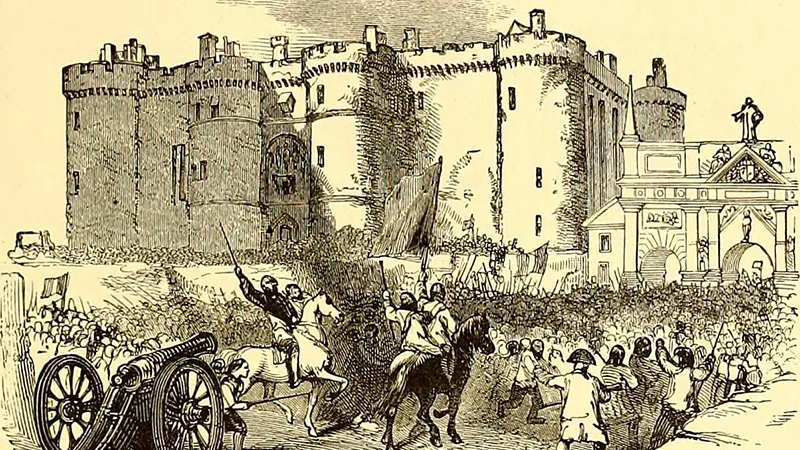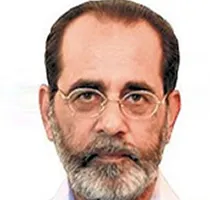Nice, often described as the jewel of the Cote d’Azur, was the scene of a tragedy when Mohamed Lahouaiej Bouhlel, a 31-year-old French-Tunisian drove a truck through crowds gathered to witness fireworks in celebration of Bastille Day, killing 84 and injuring scores, some critically, before being shot dead by the French gendarmerie.
Nice mayor Christian Estrosi said the dead included at least 10 children. President Hollande said the attack was of “an undeniable terrorist nature.”
France’s fifth largest city with a population of about 400,000, Nice has always prided itself on its history and culture, unlike other cities further west along the coast — the more flashy Cannes with its celebrity culture, Toulon which houses a major naval base or Marseilles, the largest port city with a seamy side to it.
That is why Nice hosts nearly four million tourists annually, ten times its own populace and serves as the airport for Monaco, barely an hour’s drive away. Henri Matisse and Marc Chagall are only two of the famous painters who made Nice their base and it boasts of dedicated museums for both.
Promenade des Anglais, the road skirting the Mediterranean Sea, is a beautifully developed area full of cafes and hotels on one side of the road and landscaped parks and flower beds on the seaward side. On Bastille Day, thousands had gathered to watch the late evening fireworks when tragedy struck.
Bouhel broke through barriers and barrelled his truck for nearly two kilometres, zigzagging through crowds as they tried to take shelter, before being killed.
Hotel Negresco, a landmark built more than 100 years ago on the promenade, known among the cognoscenti for its Michelin-starred restaurant and the huge Baccarat crystal chandeliers in its lobby, became a makeshift hospital as ambulances rushed to the scene.
France is in mourning; the annual summer jazz festival in Nice has been cancelled. President Francois Hollande has extended the state of national emergency, earlier expected to be lifted on < class="aBn" tabindex="0" data-term="goog_2053239406">< class="aQJ">July 26, by three months. The Islamic State has not claimed responsibility for the attack though IS websites are full of celebratory commentary.
The attack bears uncanny similarity to calls by IS spokesman Abu Muhammad al-Adnani for Muslims to attack infidels with bullets, IEDs, rocks, boots, poison or run them over with a car. Such calls have been made twice, once in September 2014 and repeated in January last year. Al-Adnani’s statement is not a directive but can certainly be seen as a motivator for radicalised “lone wolf” attackers.
Expectedly, the Nice tragedy evoked memories of November 2015, when nine gunmen carried out attacks at multiple sites in Paris, claiming 130 lives and leaving more than 300 wounded. Hollande had called it “an act of war” and declared the national emergency. For that, the IS had been quick to claim responsibility.
Using emergency provisions to strengthen monitoring and surveillance, the French were relieved when the Euro Cup football final passed off peacefully in Paris on July 10. Yet, even during the last six months, there have been sporadic instances of Islamic extremist violence. In January, Morocco-born Sallah Ali tried to attack a police station in Paris with a large butcher’s knife carrying the IS emblem and was shot dead. In June, police officer Jean Baptiste Salvaing was stabbed to death while his companion Jessica Schneider’s throat was slit at their home on the outskirts of Paris by Larossi Abballa, who claimed the killings in the name of the IS and was shot dead.
While the first generation of immigrants were focussed on making a living and getting the rest of their families over, the younger generation has grown up with a sense of alienation. Lacking opportunities for education and social and economic advancement, many of the youth often turn to petty crime.
French authorities realised too late that the prisons and detention centres where they were held, were actually where the seeds of radicalisation were sown. The neighbourhood mosques and ready availability of propaganda materials put out by jihadi outfits on social media has aggravated the situation.
Today, it is estimated that more than 1000 French nationals have gone to Syria to fight for the IS.
So far, the Western or French response has been retaliation. Clearly this is not enough. Western interventionism has been at the root of reviving the notion of “jihadi extremism”.
Al Qaeda was incubated in the CIA-ISI led jihad in Afghanistan and the first wave of radicalisation took place in the madrassas in the Af-Pak region and continues to date.
Then the disastrous US-led intervention in Iraq in 2003 brought about the creation of the Islamic State of Iraq and the Levant by Abu Musab al-Zarqawi, which has now morphed into Abu Bakr al-Baghdadi’s caliphate.
The Western intervention in Syria to unseat President Bashar al-Assad has only made the situation worse, leading to the creation of another training centre for potential jihadis. In both cases, Saudi Arabia’s role has been the most pernicious as it seeks to guard against regime change internally.
Finally, the caste system in terror attacks needs to be abolished. Terrorist attacks in Nice or Paris are as condemnable and heinous as the ones in Dhaka or Istanbul. This realisation is necessary for concerted international action against what has become an international security challenge for all liberal societies.
This commentary originally appeared in Hindustan Times.
The views expressed above belong to the author(s). ORF research and analyses now available on Telegram! Click here to access our curated content — blogs, longforms and interviews.




 PREV
PREV


